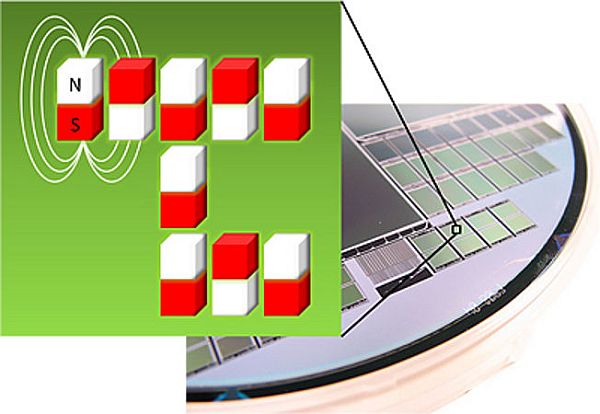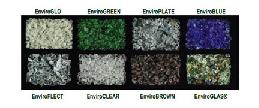
In future, magnetic processors will replace their electrical counterparts which will enhance their performance and at the same time reduce the power consumption. The researchers from University of California confirm the same that replacing the silicon based microprocessors with the magnetic ones in the computers can result in maximum energy efficiency. A graduate from the Department of Electrical Engineering and computer sciences Brian Lambson, says that the magnetic processors can perform better than their silicon predecessors and can consume a million times less energy than today’s silicon chips.
The silicon based microprocessors works on the electric current or moving electrons which produces and wastes a lot of heat. This is the reason why most electrical devices overheat after a period of time. Here, the magnetic processors makes a difference, it uses a nanometer-sized bar magnets for switching, memory and logical operations, which will not require moving electrons. The devices powered by these magnet processors will work at the minimum level of energy consumption allowed for a device to operate-Landauer limit. It will dissipate only 18millielectron volts of energy per operation at room temperature. That is why in future, not only the desktops and laptops but also the mobile phones and other consumer devices will employ the magnetic processors, which will consume just a tiny amount of electricity.
Brian Lambson together with U. C. Berkley professor Jeffrey Bokor and a graduate David Carlton have created a nanomagnet which is 200nm long and 100nm wide. The up and down orientation of the pole can represent the 0 and 1 of binary computer memory. When lot of them are brought together, they will perform like transistors causing interaction through dipole-dipole forces. The only problem is these processors are more susceptible to electromagnetic fields, noise and fluctuation from thermal effects. The Natural Sciences Foundation and the Western Institute of Nanoelectronics supported and published the work.
Via. Science Daily




